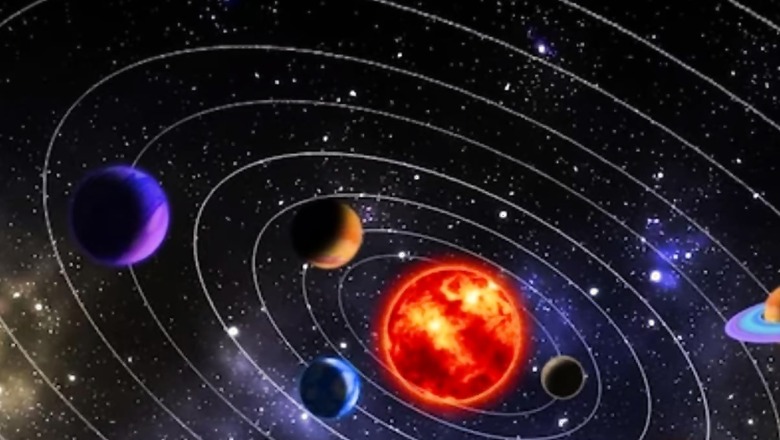
views
Our solar system is much bigger than what has been previously estimated by astronomers, a new study has revealed. The Subaru Telescope has been conducting studies of the outer Solar System to help NASA’s New Horizons spacecraft. It is the first mission to investigate the Kuiper Belt on the outer frontier of the Solar System beyond Neptune. Now, astronomers found a new set of objects far beyond the Kuiper Belt in what can be called ‘Kuiper Belt 2.’
The National Astronomical Observatory of Japan (NAOJ) published the details of the study. Regarding the potential existence of a second ring of Kuiper Belt Objects (KBOs) in addition to the existing one, Dr. Fumi Yoshida of the University of Occupational and Environmental Health Sciences and the Planetary Exploration Research Centre at the Chiba Institute of Technology states, “If this is confirmed, it would be a major discovery.”
Dr. Yoshida added, “The primordial solar nebula was much larger than previously thought, and this may have implications for studying the planet formation process in our Solar System.”
Scientists have identified 11 new objects at a distance of 70 to 90 AU from the Sun. That means these KBOs are as far as 13.5 billion kilometres from the Sun.
This distance is pertinent as it is outside the confines of the Kuiper Belt, which ranges from 30 to 55 AU. The discovery points to the presence of a large population of icy bodies present in this remote area, a region that was yet to be explored.
There is a relatively empty region of space between the 55 AU and the 70 AU mark where no objects have been found.
Most of these objects are ordinary KBOs, but some of them are distinct and may be pivotal in understanding the environment of the early solar system. The study used these distant bodies in suggesting they were formed during the formation of the solar system hence giving an account for its formation.
The discovery questions everything we have come to believe about the solar system and its dimensions. It indicates the initial mass forming the solar nebula, the huge gas and dust cloud from which the solar system developed was considerably larger than recently hypothesized.
New Horizons was launched in 2004 and Subaru Telescope has been engaged in the mission from the start. The New Horizons probe is well known for conducting a flyby of Pluto in July 2015 and further Kuiper belt exploration is ongoing.
Subaru had a problem when it started looking for Kuiper Belt objects as possible targets for New Horizons to observe with its cameras from a distance or to visit up close.
At the time, Subaru could only detect 24 objects in the Kuiper Belt, all of which were deemed excessively far away for New Horizons to approach or observe with its cameras.
However, Pluto and that area of the solar system have receded into a less populated area of the night sky, which has made it possible for Subaru’s Hyper Suprime-Cam (HSC) to find 239 objects since 2020.
“Our solar system’s Kuiper Belt long appeared to be very small in comparison with many other planetary systems, but our results suggest that idea might just have arisen due to an observational bias,” said Wes Fraser of the National Research Council of Canada, who led the new research.














Comments
0 comment